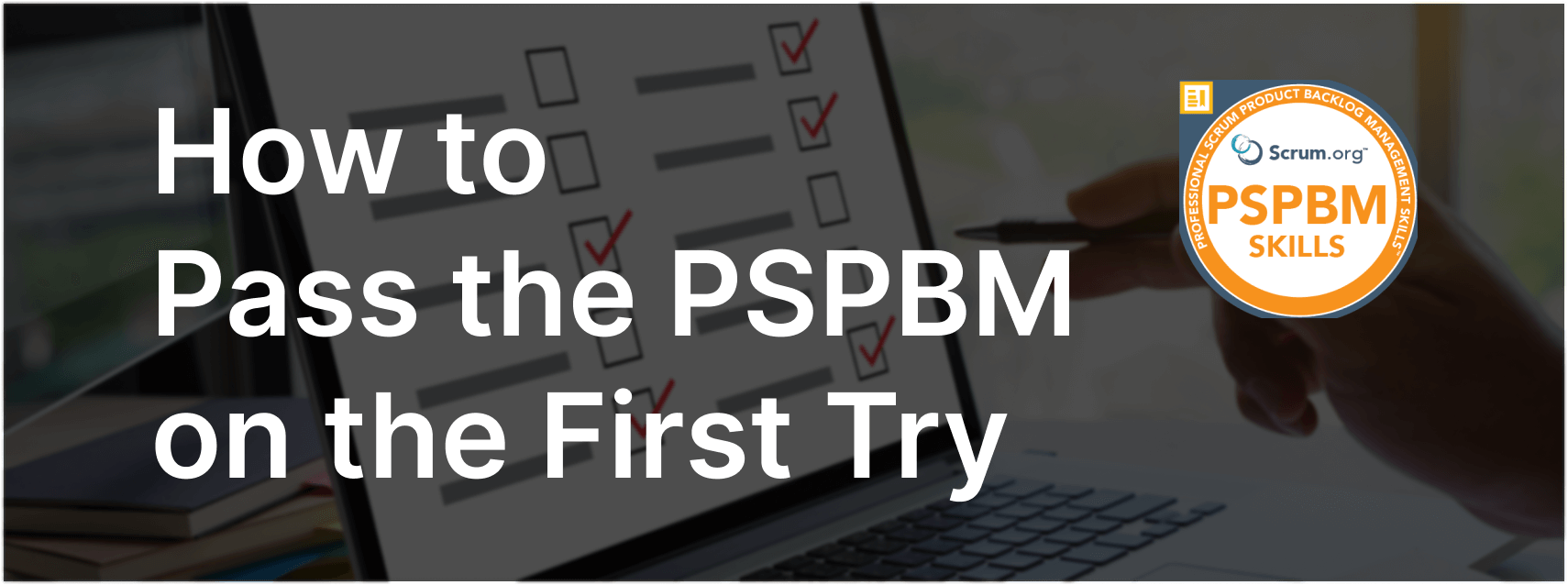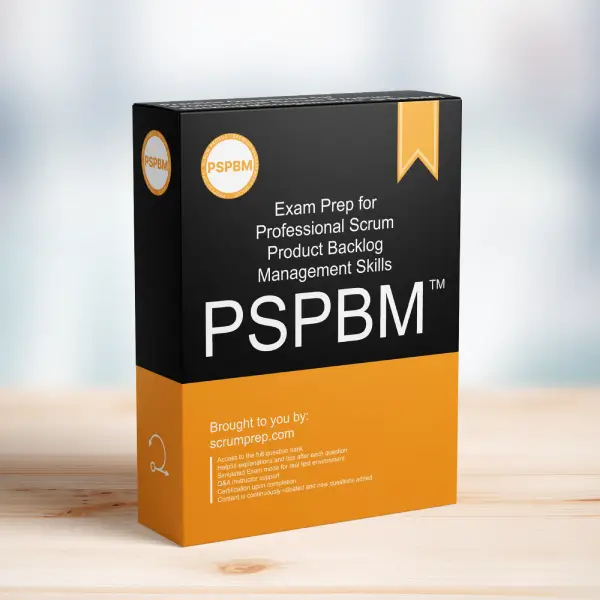Managing a Large Product Backlog
When a Product Owner inherits a Product Backlog with over 1000 items, it’s crucial to manage it effectively to maintain transparency and ensure focus on delivering value.
Exam Question
You are a Product Owner that takes over a Product Backlog that has over 1000 items on it. How do you proceed?
(choose the best answer)
A. Focus on value and reduce the size of the Product Backlog to increase transparency.
B. There is no concern with a Product Backlog that big, it should represent all items ever requested.
C. Consult with the Scrum Team on estimating when everything will be done.
D. Re-order the Product Backlog to create transparency.
Correct Answer
A. Focus on value and reduce the size of the Product Backlog to increase transparency.
Explanation
Correct Answer
A. Focus on value and reduce the size of the Product Backlog to increase transparency:
A Product Backlog with over 1000 items is unwieldy and lacks focus. By concentrating on the most valuable items, the Product Owner can reduce the size of the backlog, thereby increasing transparency and making it easier for the Scrum Team to manage. This process involves evaluating the value of each item, removing duplicates, and deprioritizing or removing items that no longer align with the current Product Goal or strategy.
Why the Other Options Are Less Relevant
B. There is no concern with a Product Backlog that big, it should represent all items ever requested:
A large Product Backlog with all items ever requested can become cluttered and difficult to manage. It is essential to keep the backlog concise and focused on items that provide the most value to ensure efficient and effective development.
C. Consult with the Scrum Team on estimating when everything will be done:
While consulting with the Scrum Team for estimations is part of backlog refinement, it does not address the underlying issue of an overly large backlog. Estimations alone will not solve the problem of managing and prioritizing a backlog of this size.
D. Re-order the Product Backlog to create transparency:
Re-ordering the backlog is a good practice, but with over 1000 items, it is more important to first reduce its size by focusing on value. Once the backlog is reduced, re-ordering can help maintain transparency and focus.
Benefits of Reducing the Product Backlog Size
- Enhanced Focus: By prioritizing the most valuable items, the team can focus on delivering the highest value to the customer.
- Increased Transparency: A smaller, more manageable backlog increases visibility into what is being worked on and why.
- Improved Efficiency: The Scrum Team can work more efficiently with a streamlined backlog, reducing the time spent on backlog refinement and planning.
Relevance to the PSPBM Skills Exam
Managing a large Product Backlog effectively is crucial for the Professional Scrum Product Backlog Management Skills (PSPBM) exam. It demonstrates the ability to maintain a well-ordered and clear backlog, essential for effective Sprint Planning and overall Scrum success.
Key Takeaways
- Focus on value to reduce the size of the Product Backlog.
- Increased transparency and focus lead to improved efficiency and effectiveness.
- Regular refinement and prioritization are essential for maintaining a manageable backlog.
Conclusion
Inheriting a large Product Backlog requires the Product Owner to focus on value and reduce its size to ensure transparency and effective management. For more information on preparing for the PSPBM Skills exam, visit our Professional Scrum Product Backlog Management Skills PSPBM™ Exam Prep.



